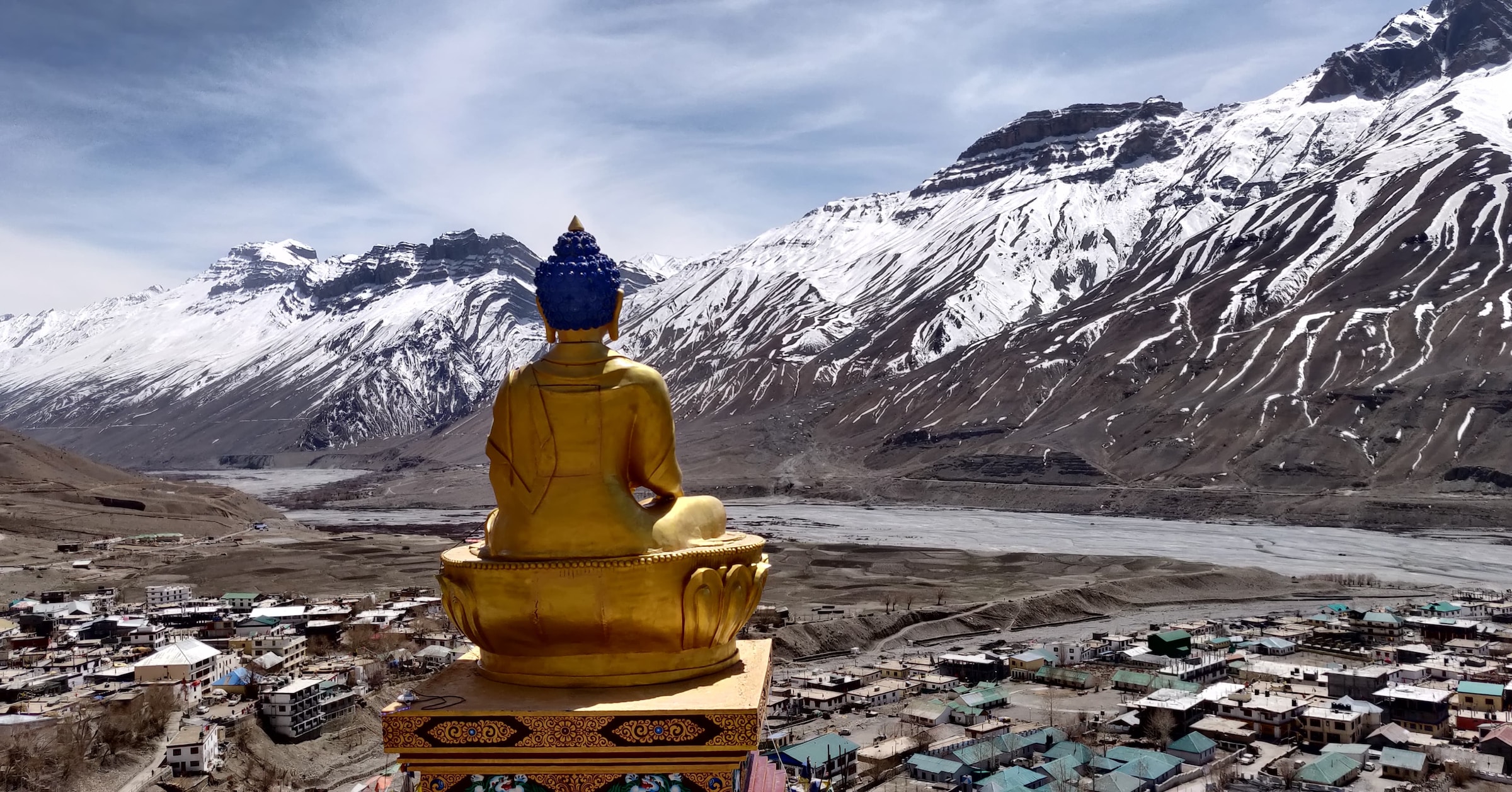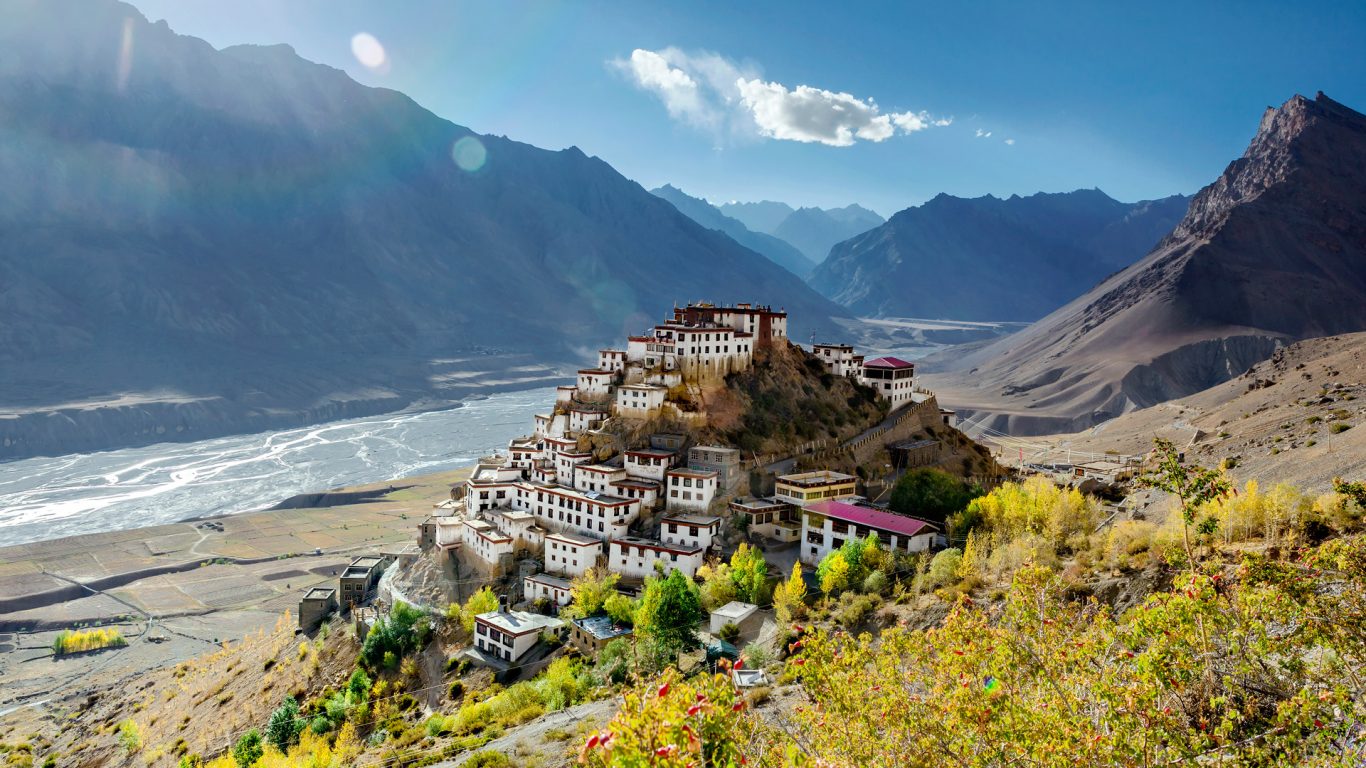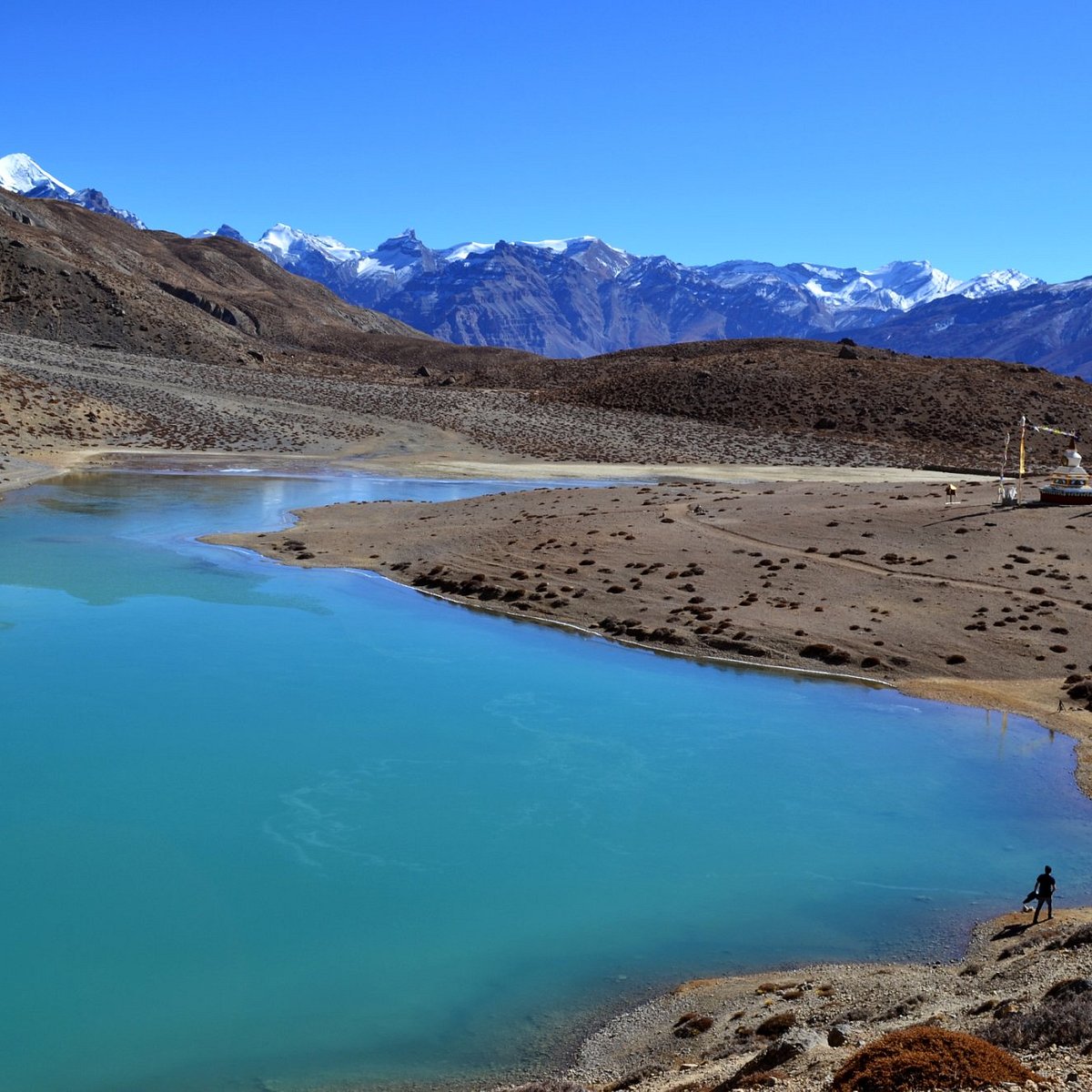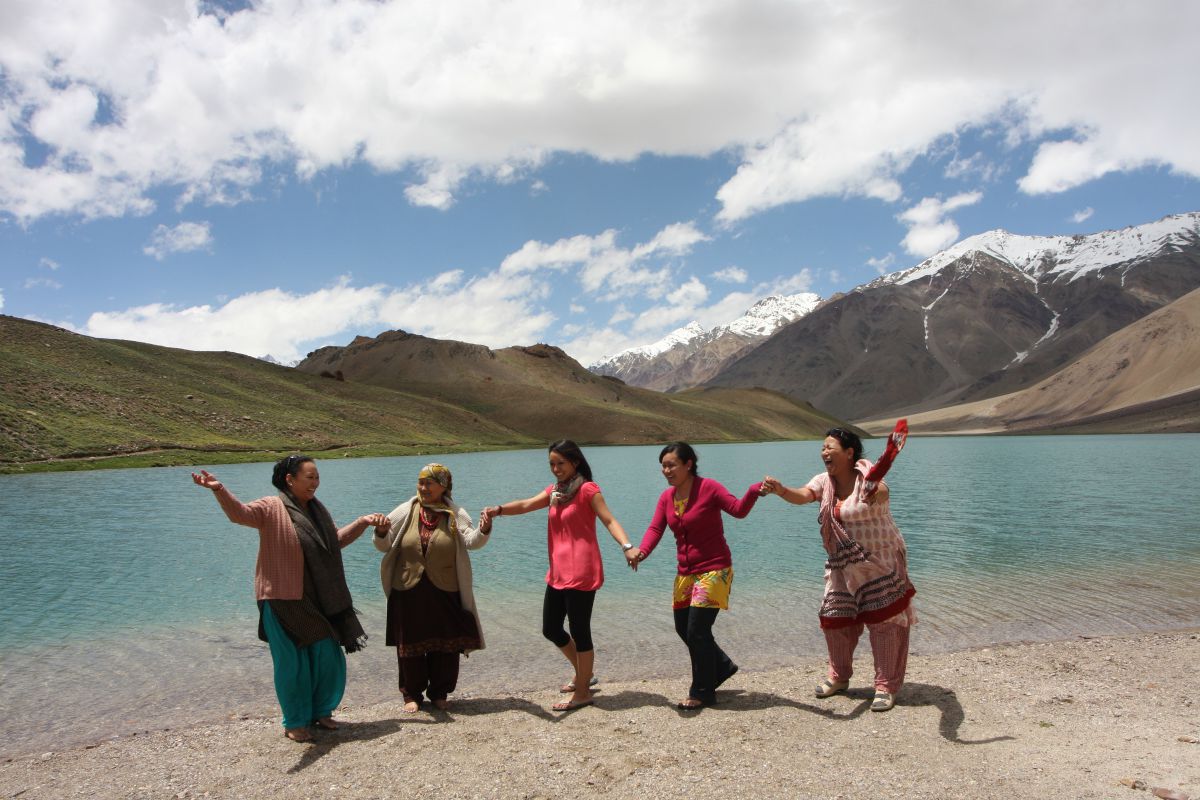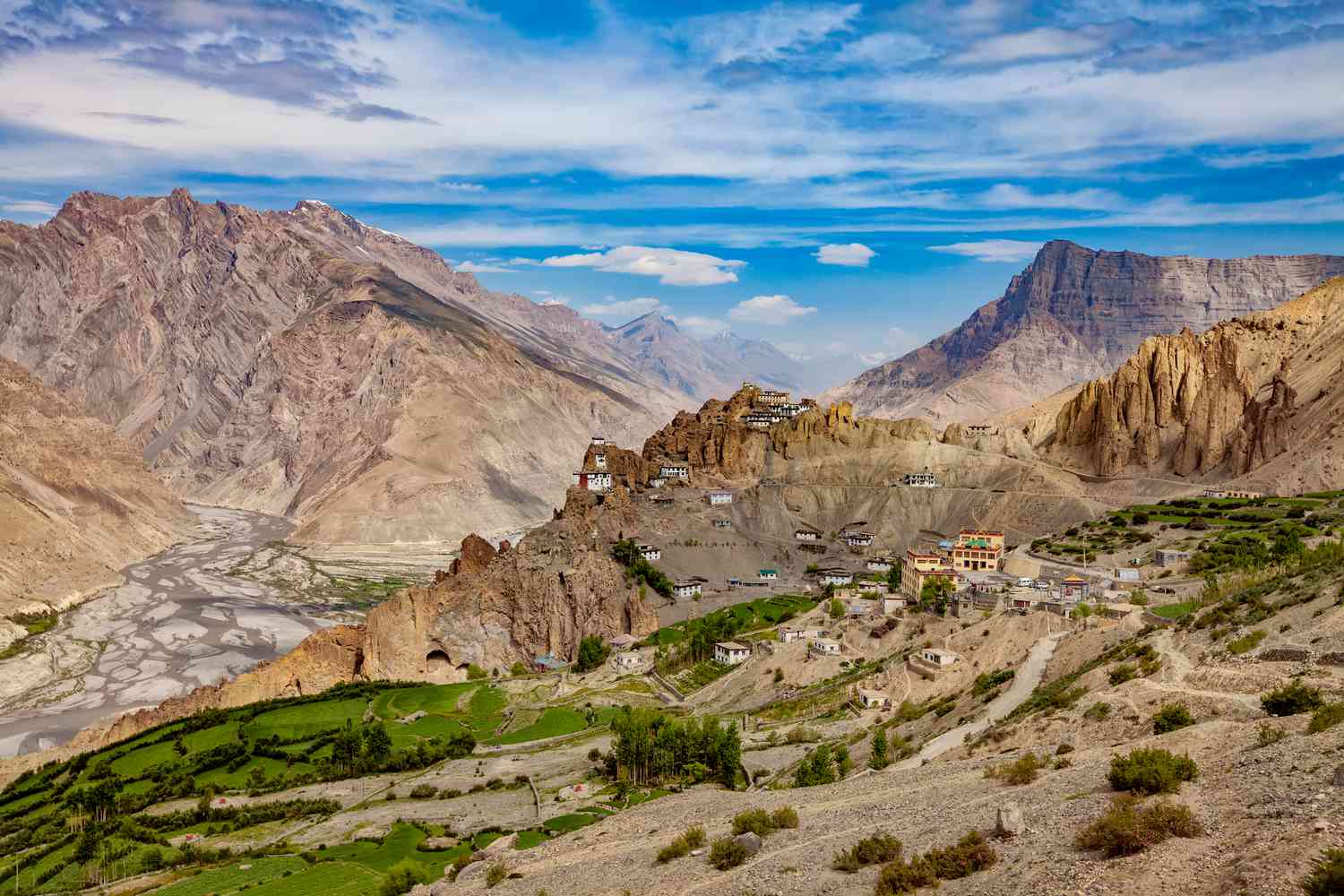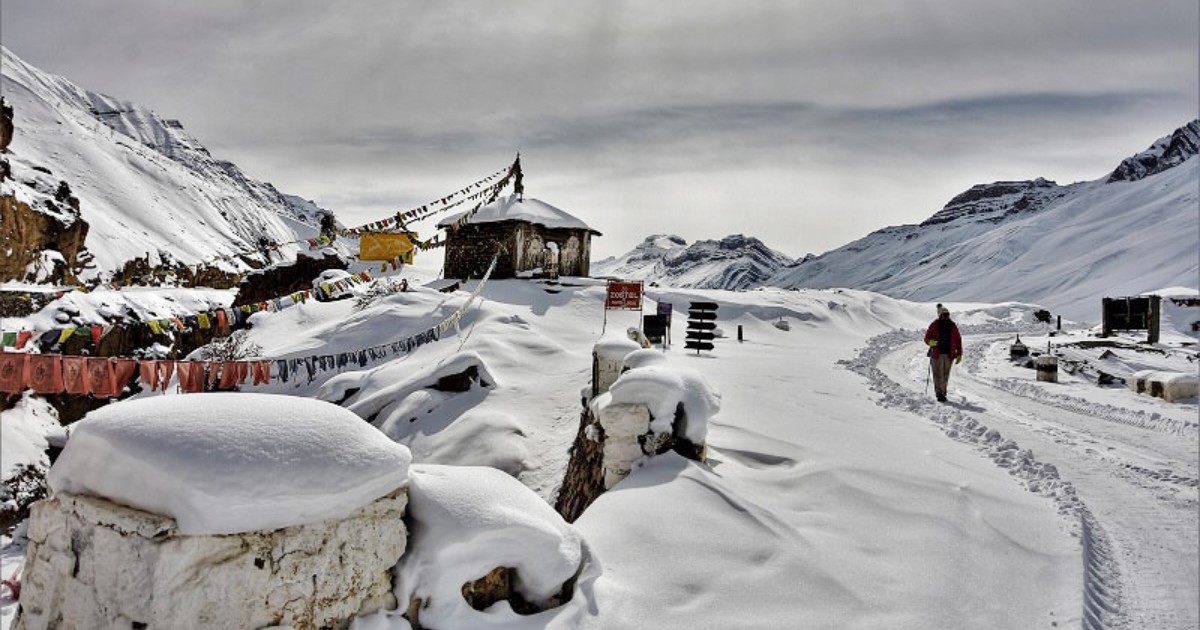Spiti Valley, nestled in the remote and rugged landscapes of Himachal Pradesh in northern India, is a mesmerizing destination known for its pristine beauty, ancient monasteries, and unique Tibetan culture.
Located at a high altitude in the trans-Himalayan region, Spiti Valley offers a raw and untouched experience that attracts adventure enthusiasts, nature lovers, and spiritual seekers alike.Spiti, which means "Middle Land" in Tibetan, is a high-altitude desert valley surrounded by towering mountains, deep gorges, and barren landscapes. The valley is cut off from the rest of the world for a significant part of the year due to heavy snowfall, making it a secluded paradise for those seeking an offbeat and serene experience.
The rugged beauty of Spiti Valley is enhanced by its picturesque villages, ancient monasteries, and traditional Tibetan architecture. The region is home to some of the oldest and most iconic Buddhist monasteries in the world. Key Monastery, perched atop a hill and overlooking the valley, is a prominent center of Tibetan Buddhism and houses a vast collection of Buddhist scriptures, murals, and ancient artifacts. Other monasteries like Tabo Monastery and Dhankar Monastery are equally captivating, offering a glimpse into the region's spiritual heritage.
The landscapes of Spiti Valley are truly awe-inspiring. Visitors are treated to breathtaking views of snow-capped peaks, rugged cliffs, and deep gorges. The Chandratal Lake, known as the "Moon Lake," is a shimmering gem located at an altitude of around 4,300 meters (14,100 feet) and offers a surreal experience with its crystal-clear waters reflecting the surrounding mountains. The Pin Valley National Park, a high-altitude sanctuary, is home to diverse wildlife species, including the snow leopard, ibex, and Tibetan gazelle.
Spiti Valley is a paradise for adventure enthusiasts and trekkers. The region offers thrilling trekking routes that traverse through stunning landscapes, high mountain passes, and remote villages. The Pin Parvati Pass, Spiti-Kinnaur Trek, and Parang La Trek are popular options for experienced trekkers seeking a challenging adventure. The valley also provides opportunities for mountain biking, camping, and river rafting in the Spiti and Pin Rivers.
The unique Tibetan culture and warm hospitality of the locals add to the allure of Spiti Valley. The people of Spiti follow Tibetan Buddhism and have preserved their traditions and way of life for centuries. Visitors can engage with the locals, participate in traditional ceremonies and festivals, and immerse themselves in the vibrant cultural heritage of the region.
Due to its remote location and high altitude, traveling to Spiti Valley requires careful planning and acclimatization. The region is accessible from Manali or Shimla, and the journey itself offers breathtaking views as one traverses through high mountain passes, such as Kunzum La and Rohtang Pass.
In Spiti Valley, one can truly disconnect from the chaos of the modern world and experience a sense of tranquility, awe, and spiritual awakening. Its pristine landscapes, ancient monasteries, and rich cultural heritage make Spiti Valley an unforgettable destination that leaves a lasting impression on those who venture into its mystical realm.
